Samir Sadikhov is one of the most sought-after designers of luxury sports cars in the world. After having studied Transportation Design at the Istituto Europeo di Design in Milan and the Pforzheim University of Applied Sciences, he went on to gain experience as an exterior designer for Genesis Motors, Rezvani Motors, as an exterior and interior designer for Lamborghini and as a concept designer for Gen3 Creative.
His awards include the IF Design Awards and Red Dot Design Awards in 2015 and second prize in the Ferrari World Design Competition 2011. He has lectured in many institutions, including the Azerbaijan Diplomatic Academy, and his work has formed the basis of interviews in the Los Angeles Times, Esquire Latin America and Baku magazine, amongst others. Neil Watson met him to find out more.
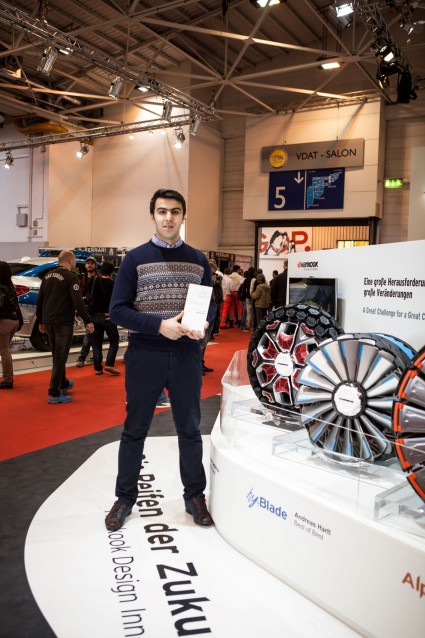 Samir proudly receives the Red Dot Design Award in Essen, Germany, issued by Design Zentrum Nordrhein Westfalen, for his work on the Hankook Boostrac Tyre Design, aimed at use in extreme environments
Samir proudly receives the Red Dot Design Award in Essen, Germany, issued by Design Zentrum Nordrhein Westfalen, for his work on the Hankook Boostrac Tyre Design, aimed at use in extreme environments
Vo A – What originally inspired you to become an automotive designer?
SS – I was very interested in cars and particularly drawing them, although I never wanted to draw existing models. I always aspired to draw my own concepts of the “future car.” During casual web surfing, I was alerted to the fact that car design is a profession, and that cemented my decision to enter this profession.
Which cars and designers particularly ignited your enthusiasm?
I would definitely start with industrial and graphic designer Elnur Babayev, who showed me the path towards becoming a car designer. At that time, he was studying industrial design in Turkey. I contacted him by email, and he was very generous with his time, providing invaluable guidance regarding entrance into this profession. However, Mercedes-Benz was also very much my initial inspiration and ignited my passion for cars.
What was your first car design?
My first sketches were undertaken on the blank back pages of the medical and literary books owned by my mother.
How did you come to work for Lamborghini?
During my bachelor’s degree in Italy, I worked on my thesis, which was sponsored by Ferrari. Whilst studying for my degree, my friend – who eventually became my director – suggested that I should meet Filippo Perrini, the design director for Lamborghini at the time, apparently looking for a rookie designer fresh out of college. Mr Perrini went on to offer me a job, which I took up immediately after my studies.
In which Lamborghini designs have you been involved?
The first project upon which I worked was the URUS concept for the first Super Sports Utility Vehicle. Meanwhile, I also worked on the Veneno roadster project, but my proposal was unsuccessful during the selection phase. I also undertook some press material visualisations for the Aventador J concept.
You also worked for Rezvani, Ford and Ferrari. What are the differences between working for these companies, and where do you enjoy the greatest creative freedom?
Each company has its own working method, and some of these brands have made their mark in automotive history. Therefore I feel very privileged to be chosen as their employee. For me, that is the motivational and inspiring aspect of creativity.
Which design would you consider as your best, to date?
I have no idea – it’s up to others to decide. I always endeavour to do my best, but when I look retrospectively, I notice tonnes of errors that make me reconsider my decisions of the past. I always aim to avoid the repetition of past mistakes.
Can you describe the Rezvani Tank offroader?
The Rezvani Tank is the extreme utility offroader that I designed two years ago for Rezvani Motors. It’s a powerful and brutal 4×4, inspired by military vehicles.
You focus on the exteriors – and sometimes the interiors – of the cars. To what extent are you involved in the technological aspects of your cars?
Usually and unfortunately car designers must follow the guidelines of those involved in engineering and marketing. The ethos depends on the company and whether it makes design its priority. Car designers always try to deal with and solve the technical aspects of projects in the most aesthetically pleasing way.
How do regional tastes impact automotive design?
Global markets differ in terms of car design, determined by local and geographical cultures and the tastes of the people. Every major geocultural area has its own preferences, consequently resulting in the success of certain car design philosophies. For example, Scandinavian countries favour and appreciate Nordic design language. Americans like muscular, strong, powerful cars. Oriental design is obviously preferred in Middle Eastern and Eastern countries. Most of the time, car design philosophies are an evocation of geocultural factors.
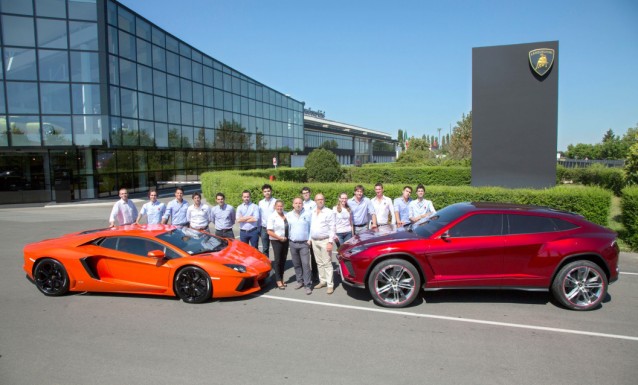 Samir proudly joins his colleagues in the Lamborghini design team with two of their stunning creations
Samir proudly joins his colleagues in the Lamborghini design team with two of their stunning creations
Do you have any plans to design a car specifically for the Azerbaijani market?
Unfortunately, I currently have no plans to do so. However, I believe in globally purposed products that can be appreciated not only in Azerbaijan, but across the world. Therefore, the look of a vehicle initially launched in my homeland would be quite minimal, sophisticated and simple.
Environmental concerns are currently impacting the automotive industry. Are you working on electric or hybrid cars, and does the technology affect your designs?
Unfortunately, I cannot confirm, nor deny, any aspects of the environmental concerns relating to my current project, due to confidentiality reasons. However, I can say that engine technologies may impact the interior or exterior design of the vehicle. This is really dependent on the extent to which the boundaries of the given brief can be pushed.
Which car do you drive at the present time?
My current car is a BMW 3 series.
What is your advice to young designers, particularly those who wish to work in the automotive sector?
Keep pushing, and just work as hard as you can. Nothing comes easily for those who wish to work in this, or any other, giant sector. Never stop reading books related to your dream position – in this case automotive – and always be curious. Such curiosity motivates you to explore.
About the author: Neil Watson began his career in journalism in 1995 and was chief editor of TEAS Magazine for many years.
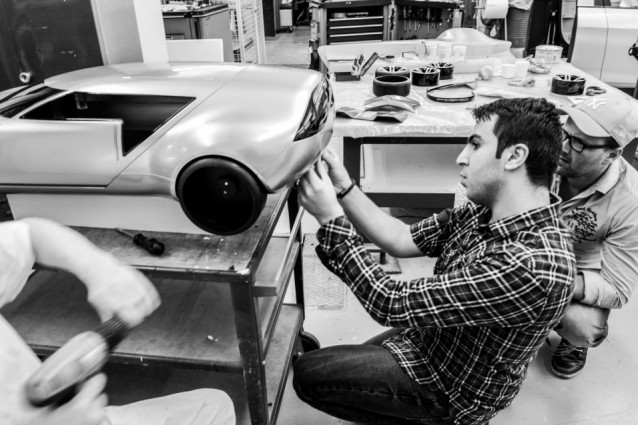
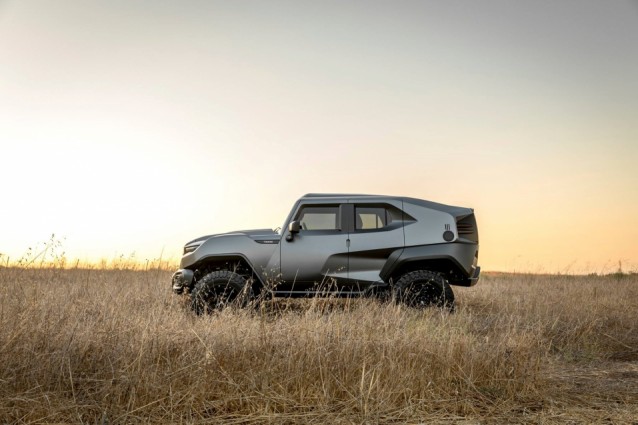
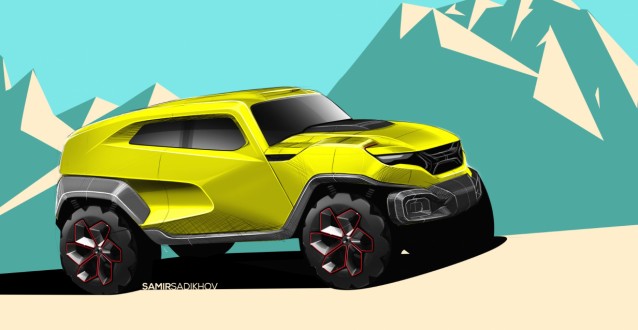


.jpg)